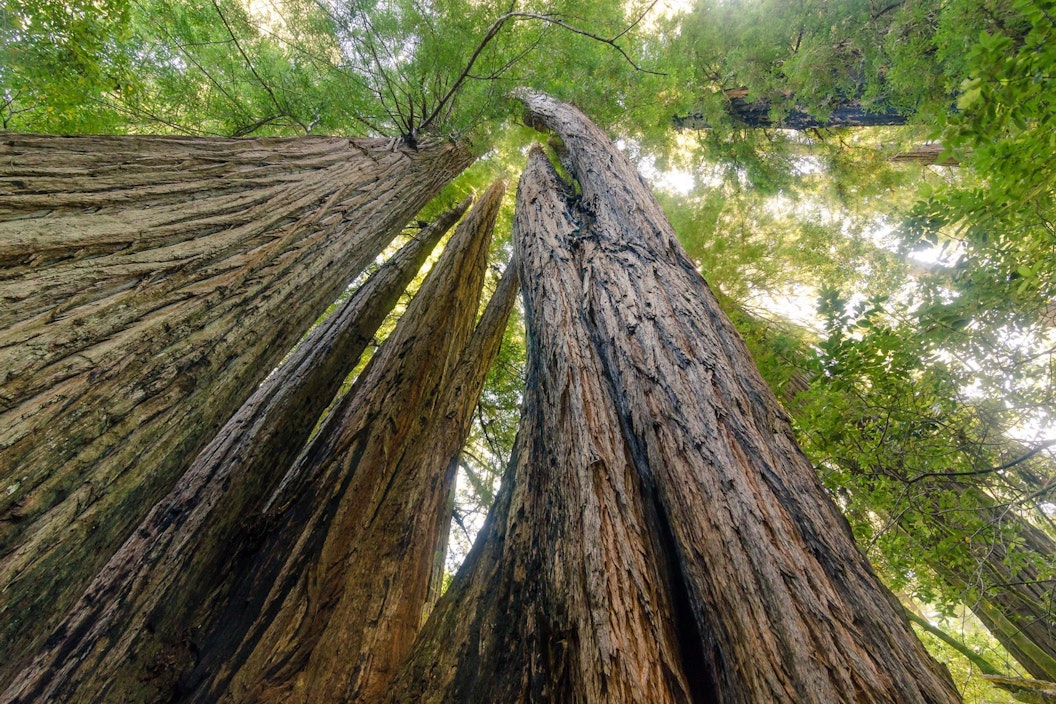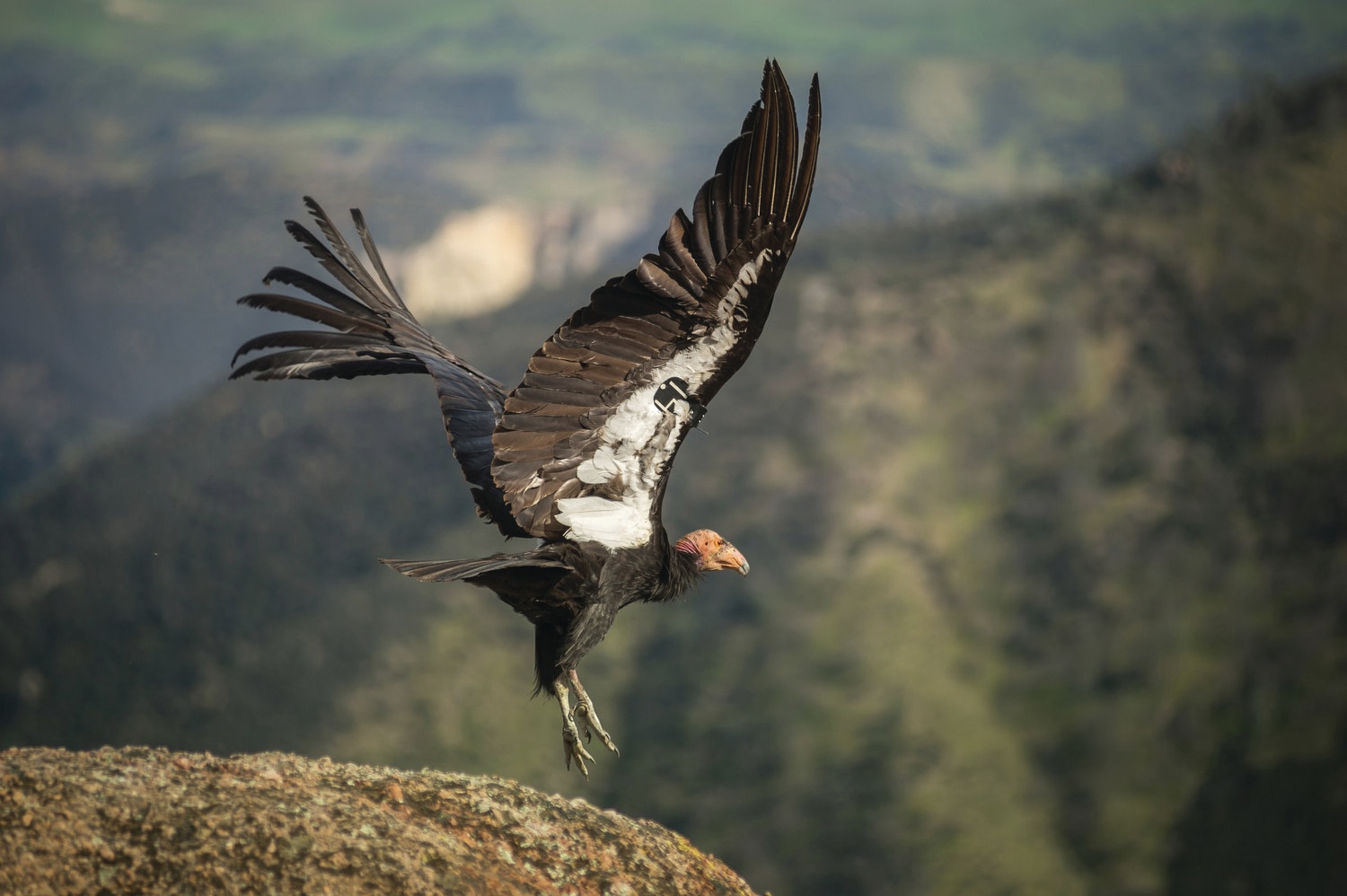

.
.
In summer 2022, NPF's Wildlife and Habitat Conservation program helped support the reintroduction of critically endangered California condors to their historic range in Redwood National & State Parks, within the Yurok ancestral territory. The Yurok Tribe envisioned and led the effort to restore the condor, the largest land bird in North America, back to the coastal redwoods. Called prey-go-neesh in the Yurok language, the condor is sacred and plays a key role in the tribe’s creation story and ongoing world renewal ceremonies.
The first release, held on May 3, 2022, saw two California condors take flight in the center of their former range, soaring over California's North Coast for the first time in more than a century. The carefully designed release procedure was coordinated by the Northern California Condor Restoration Program, managed by biologists and technicians from the Yurok Tribe and Redwood National & State Parks. The team in the Redwoods will work collaboratively with other condor field teams as part of the California Condor Recovery Program, a national effort guided by the U.S. Fish & Wildlife Service. Since the success of the initial release, a total of six condors have been released into the Redwoods.
The National Park Service, U.S. Fish and Wildlife Service, and Bureau of Land Management all recently announced co-stewardship policies to support inclusive and equitable federal land management through working relationships with American Indian and Alaska Native Tribes, relevant Alaska Native entities, and the Native Hawaiian Community. The new co-stewardship policy provides a stronger framework to help parks facilitate and support working relationships with Tribes such as the Yurok Tribe.
Condors are majestic scavengers, with wingspans of 9.5 feet and the ability to fly up to 200 miles in a single day. These playful and curious birds are social animals, forming strong bonds with each other and typically mating for life. In the wild, instead of building a nest, condors find cavities in rocky cliffs or the hollows of large redwood trees, producing about one egg every two years that the condor pair raises together. There are only about 330 California condors in North America; populations have slowly been recovering after dropping to a low of just 22 condors in the 1980s, primarily due to lead poisoning, habitat degradation, and poaching. Captive condor pairs, which can produce up to four eggs in two years due to ingenious techniques by condor propagation specialists, are helping to build wild populations back up, but the threat from lead poisoning remains an ongoing challenge.
As reintroduction efforts continue in the redwoods, new cohorts of condors will be released into the park at regular intervals. The birds are expected to then disperse across Northern California and Southern Oregon. The program aims to develop a self-sustaining condor population in the rural region, helping support the redwood forest ecosystem and aiding the overall recovery of the species. The National Park Foundation also supports condor recovery efforts at Pinnacles National Park. NPF is proud to continue our support of reintroduction efforts such as these through our work in Landscape & Wildlife Conservation, helping protect wildlife and preserve the cultural heritage of these places we share.
Read more about the release of California condors in Redwood National & State Parks, including the Tribe’s connection to the condor, by visiting the Yurok Tribe’s website. Want to help condors? The National Park Service shares some tips to help condors and other wildlife thrive.